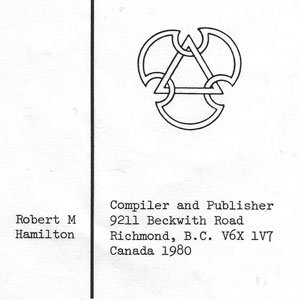Category: Orchid Doctor

RATS: In a Cymbidium Shade House

RAZOR BLADES: For Cutting Plant Tissue

RECIPROCAL CROSSES: Different Results

REDWOOD BARK: Characteristics

REDWOOD BARK: Characteristics and Culture

REDWOOD BARK: Chips

REDWOOD: Characteristics

REFLASKING: An Easy Way
